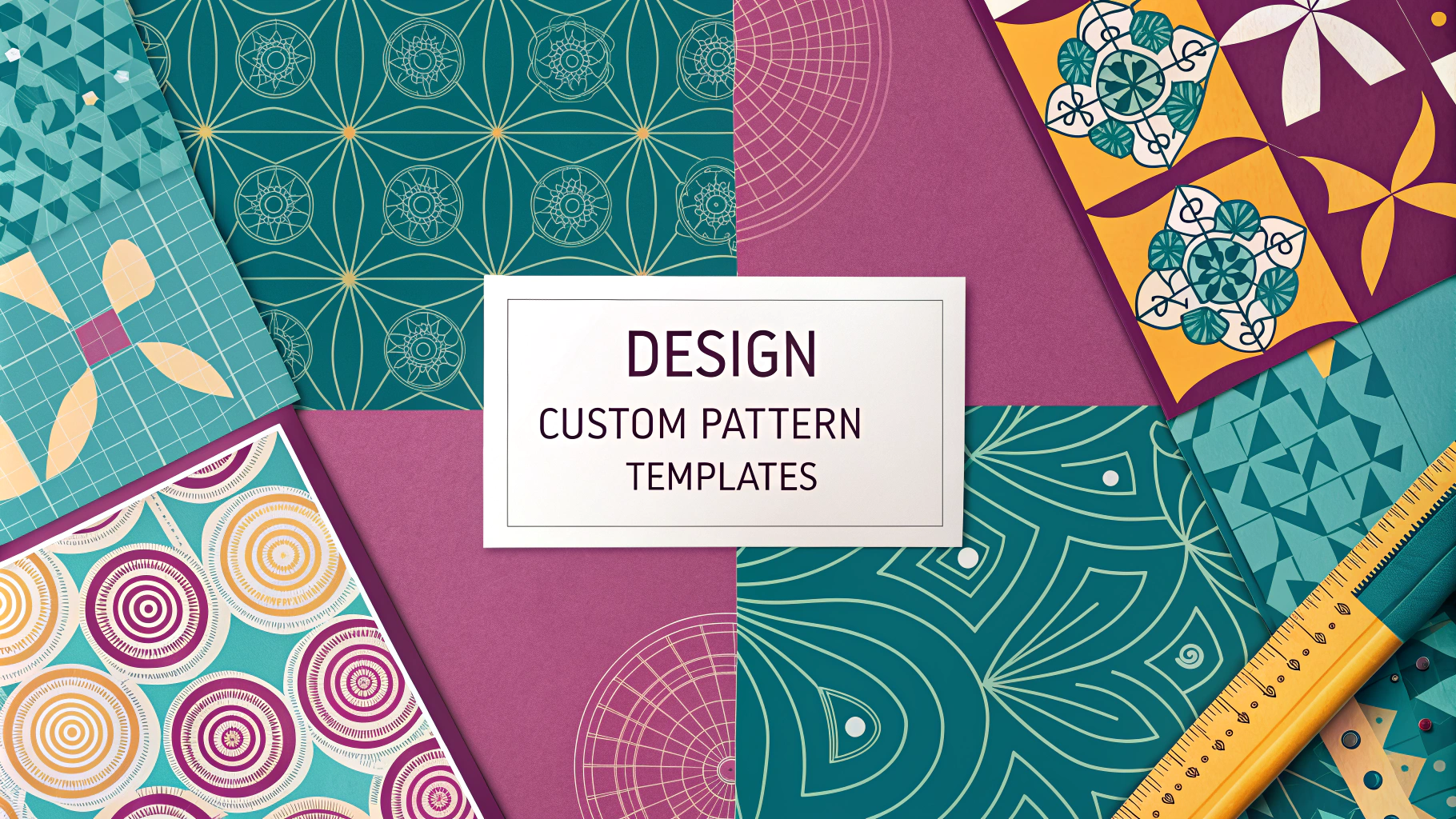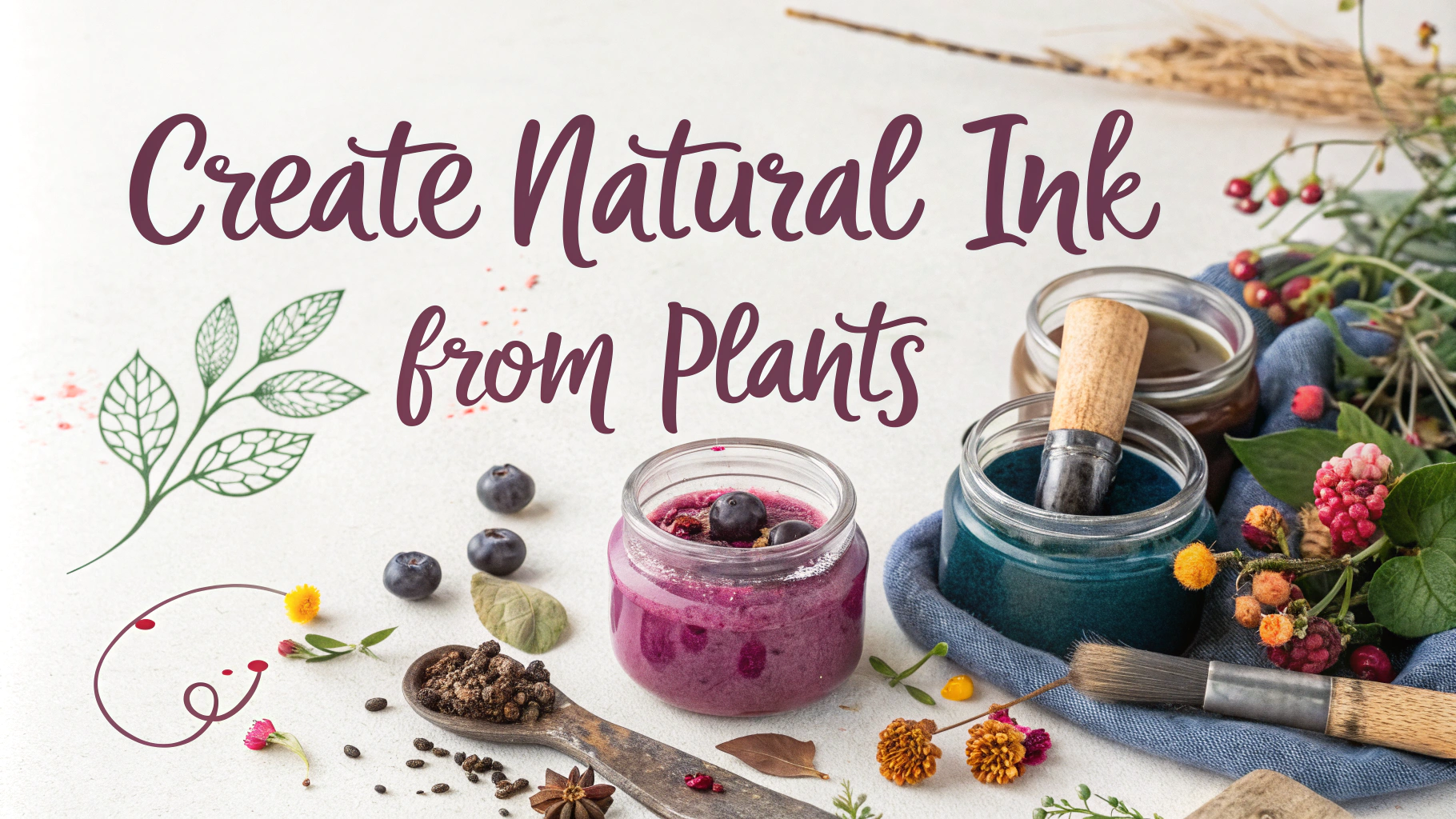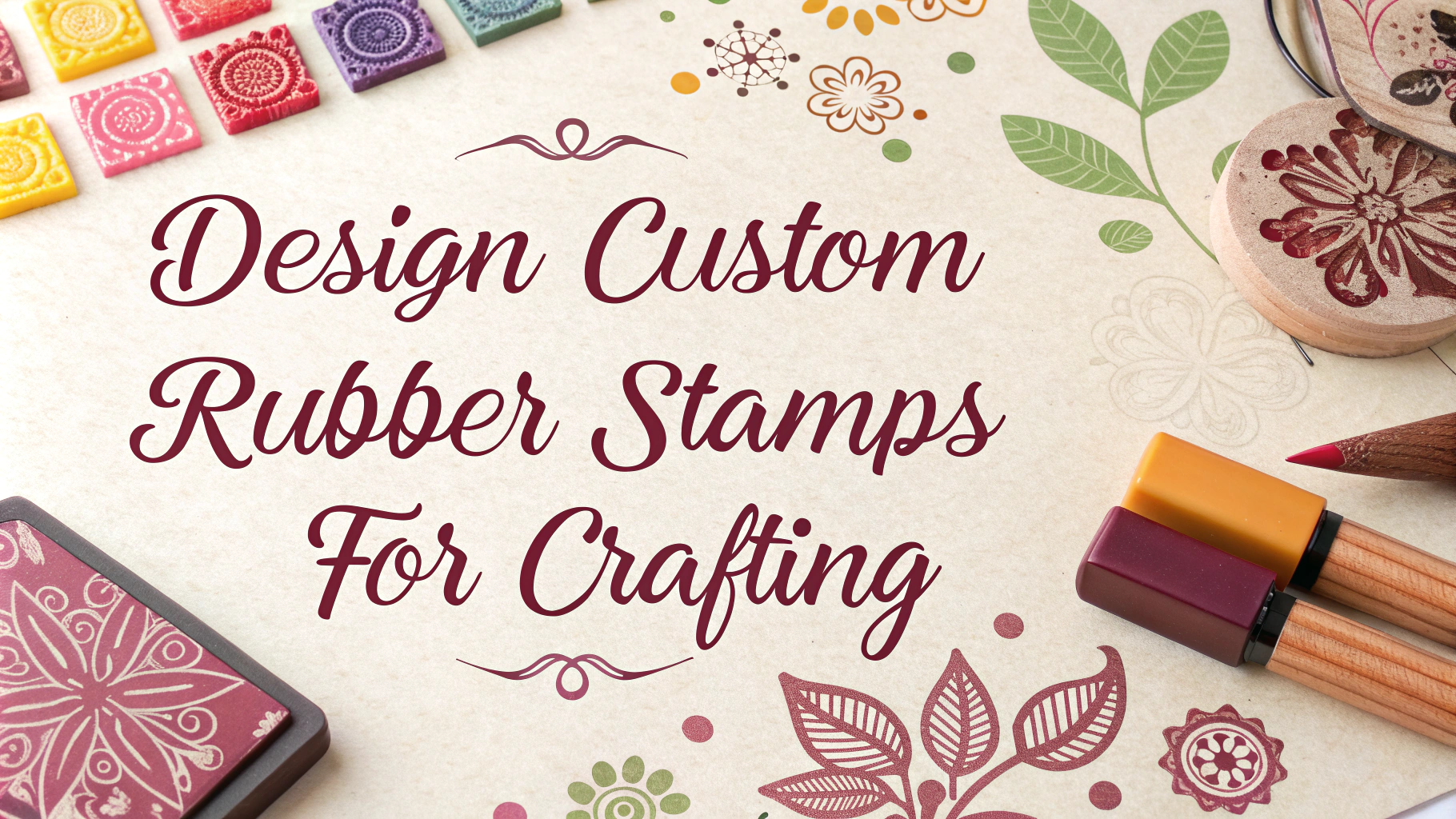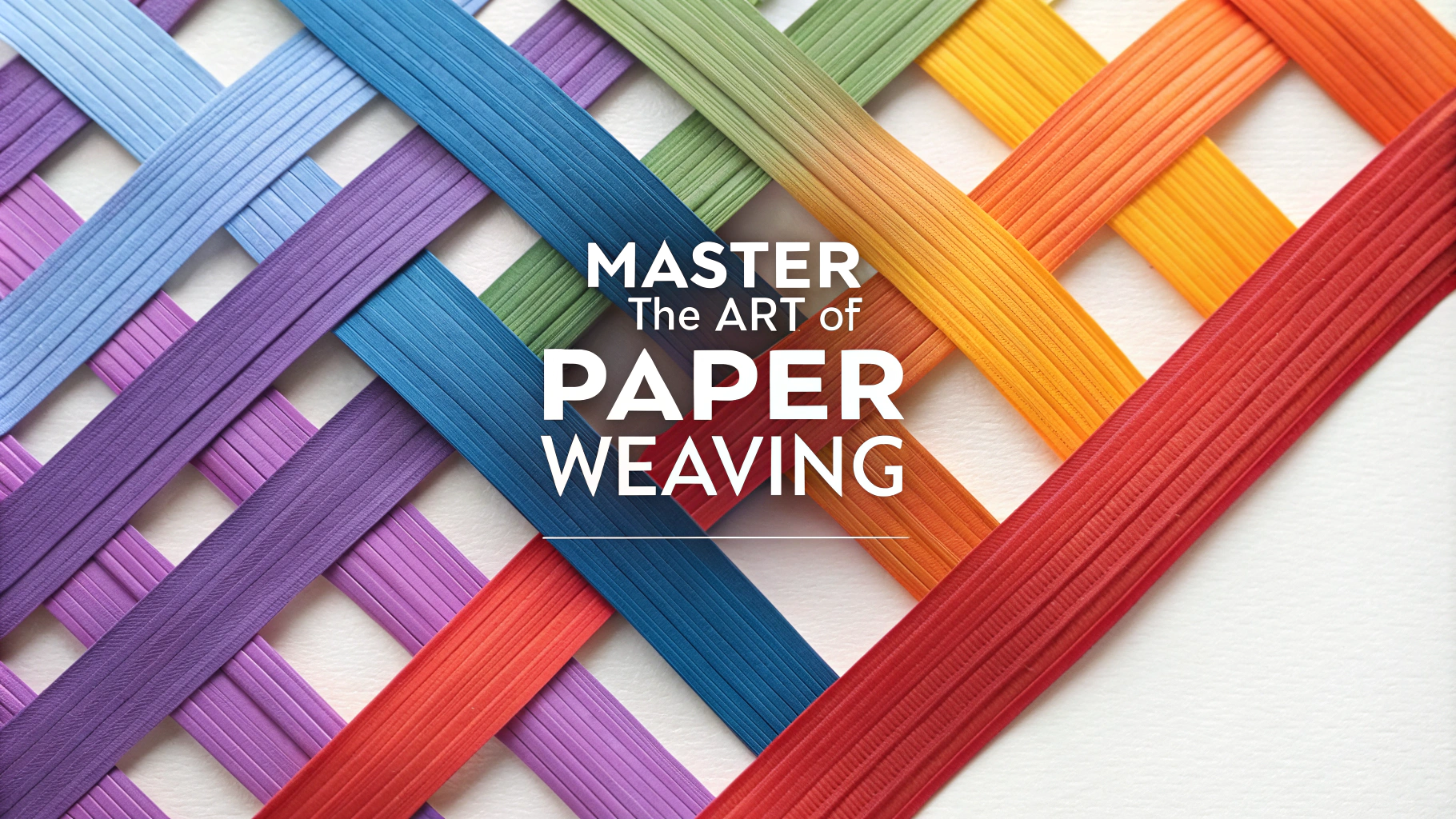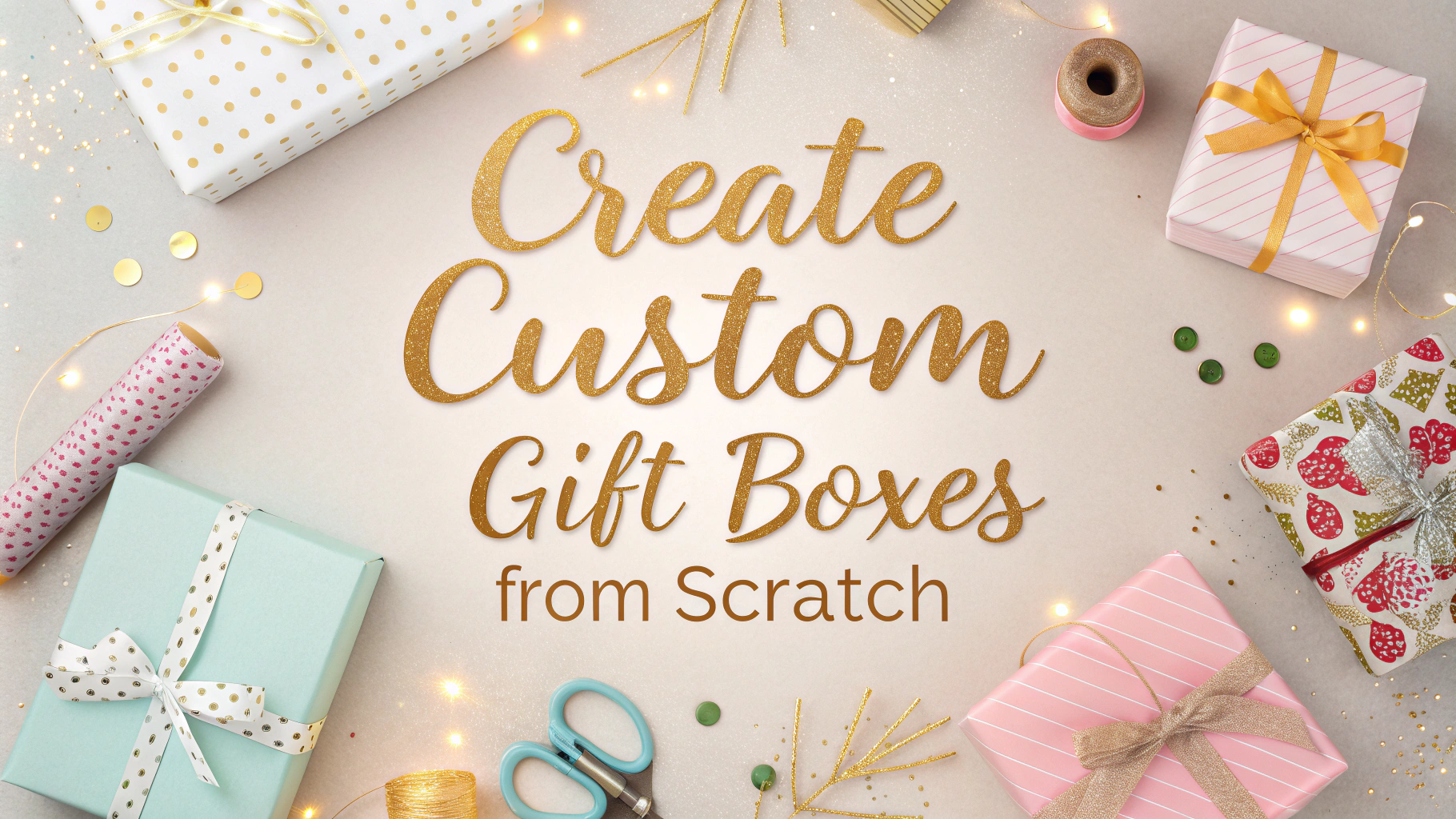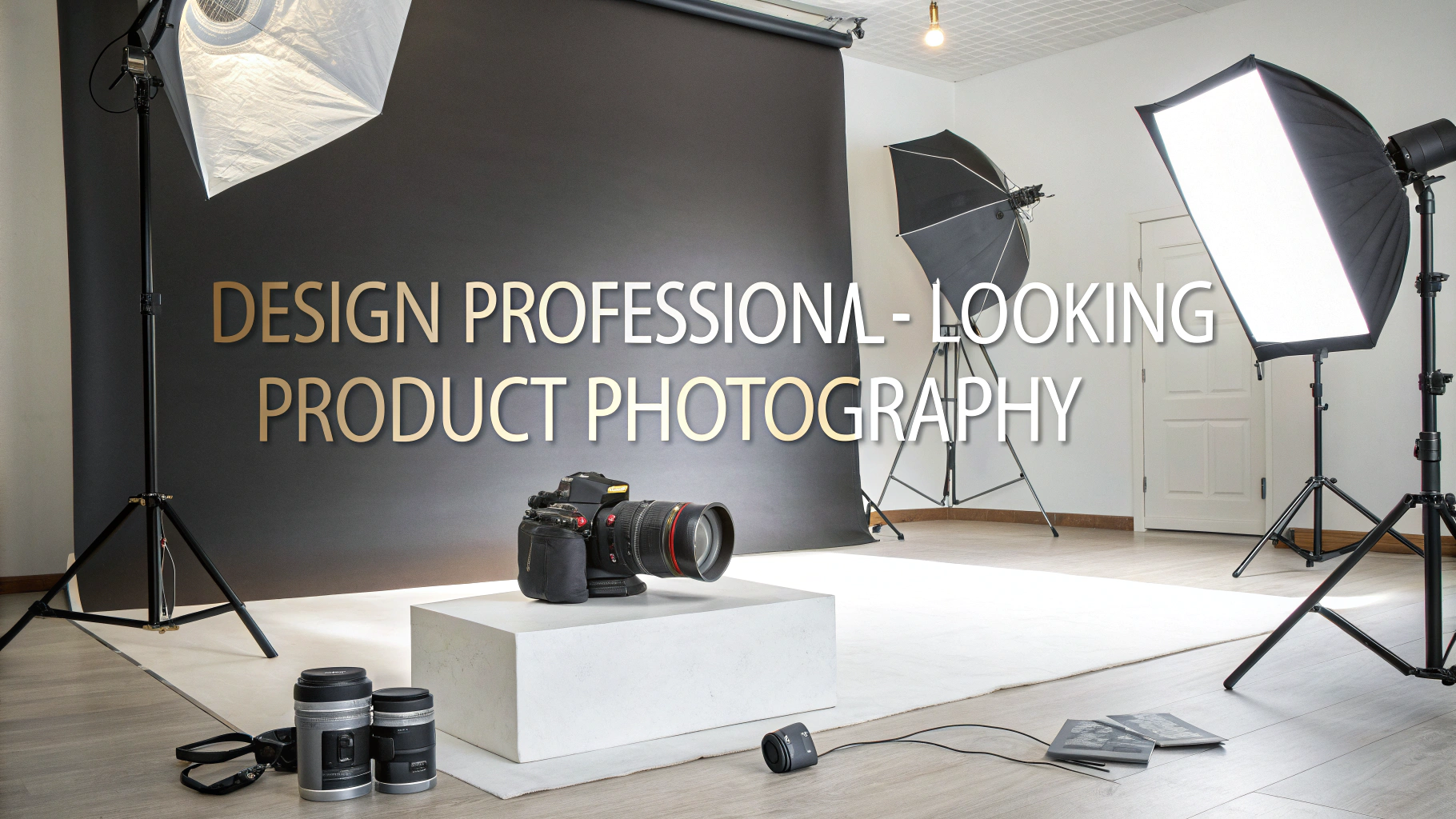Creating professional-looking polymer clay jewelry requires mastering specific techniques and having the right tools.
Essential Tools and Materials
- Quality polymer clay (Sculpey Premo, Fimo Professional)
- Sharp blade or tissue blade
- Acrylic roller
- Texture tools
- Jewelry findings
- Sandpaper (various grits)
- Polymer clay-safe varnish
Basic Techniques for Professional Results
Condition your clay thoroughly by kneading it until it’s soft and pliable to prevent cracking and bubbles.
Work on a clean, smooth surface like glass or ceramic tile to avoid unwanted textures.
Roll your clay to an even thickness using guide strips or a pasta machine dedicated to clay work.
Surface Finishing Tips
- Sand pieces progressively (220, 400, 600, 800, 1000 grit)
- Buff with a soft cloth or machine buffer for shine
- Apply 2-3 thin coats of varnish rather than one thick coat
Adding Professional Details
Include metal elements like sterling silver or gold-filled findings to elevate the look of your pieces.
Create clean edges by trimming pieces after baking with a sharp blade.
Use proper packaging and presentation materials to enhance perceived value.
Common Mistakes to Avoid
- Mixing different clay brands in single pieces
- Incorrect baking temperature or time
- Rough edges or fingerprints
- Poor quality findings
Recommended Suppliers
| Supplier | Specialty |
|---|---|
| Polymerclayexpress.com | Clay and tools |
| Riogrande.com | Metal findings |
| Firemountaingems.com | Mixed supplies |
Quality Control Checklist
- Even thickness throughout pieces
- Smooth surfaces without fingerprints
- Secure attachment points
- Proper curing verified with flexibility test
- Professional finish and shine
Keep detailed records of your successful color combinations and techniques for consistent results.
Advanced Design Techniques
Incorporate mixed media elements like resin, mica powders, or leaf metals to create unique effects and textures.
Color Theory Applications
- Create custom color palettes using color mixing ratios
- Document successful combinations for future reference
- Consider seasonal trends in your color selections
Production Efficiency
Develop assembly-line techniques for creating multiple pieces while maintaining quality standards.
Batch Processing Steps
- Condition all clay colors at once
- Create base components in bulk
- Organize baking sessions efficiently
- Complete finishing work in stages
Marketing Your Jewelry
Build a cohesive brand identity through consistent photography, packaging, and presentation.
Photography Tips
- Use natural lighting when possible
- Create a signature backdrop style
- Show scale with appropriate props
- Capture multiple angles of each piece
Conclusion
Success in polymer clay jewelry making combines technical skill, artistic vision, and attention to detail. Focus on quality materials, refined techniques, and professional presentation to create pieces that stand out in the marketplace. Continue experimenting with new methods while maintaining consistent quality standards in your work.
Document your process, maintain organized workspaces, and regularly update your skills through workshops or online tutorials to stay competitive in the handmade jewelry market.
FAQs
- What basic tools do I need to start making professional-looking polymer clay jewelry?
You need a pasta machine or clay roller, sharp blade, work surface, baking sheet, various texturing tools, needle tool, jumprings, pliers, findings (clasps, earring hooks), and good quality polymer clay. - What’s the best way to prevent fingerprints on polymer clay pieces?
Work with clean hands, use tools instead of fingers when possible, wear cotton gloves while handling, and gently smooth surfaces with rubbing alcohol before baking. - How do I achieve a glass-like finish on polymer clay jewelry?
Sand the baked piece progressively with 400, 600, 800, and 1000 grit sandpaper, then buff with a polishing wheel or hand buff with a polishing cloth. Alternatively, apply a clear glaze after baking. - What temperature should I bake polymer clay at for the best results?
Most polymer clay brands should be baked at 275°F (135°C) for about 30 minutes per 1/4 inch thickness. Always check manufacturer’s specific instructions as temperatures can vary by brand. - How do I prevent color bleeding when working with different colored clays?
Clean your hands and tools between colors, condition each color separately, and avoid overworking the clay. Use light colors before dark colors, and keep different colored clay pieces separate until final assembly. - What causes polymer clay to break after baking?
Common causes include insufficient baking time, incorrect temperature, clay too thin, or not properly conditioning the clay before use. Ensure proper thickness (minimum 1/4 inch for structural pieces) and complete conditioning. - How do I create a marbled effect in polymer clay jewelry?
Twist different colored clay strands together lightly without fully blending. Stack thin sheets of different colors and roll partially. Avoid overworking to maintain distinct color separation. - What’s the best way to store polymer clay jewelry?
Store finished pieces in airtight containers away from direct sunlight and heat. Use tissue paper or soft cloth between pieces to prevent scratching, and keep in a cool, dry place. - How do I properly attach findings to polymer clay jewelry?
Either embed metal findings before baking (ensuring they’re bake-safe), or drill holes after baking and attach findings with strong jewelry adhesive or epoxy designed for polymer clay. - What techniques create metallic or shimmery effects in polymer clay?
Use mica powders, metallic leafing, or metallic clay. Apply mica powders before baking, and seal afterward. Alternatively, mix metallic powders into translucent clay for an internal shimmer effect.


